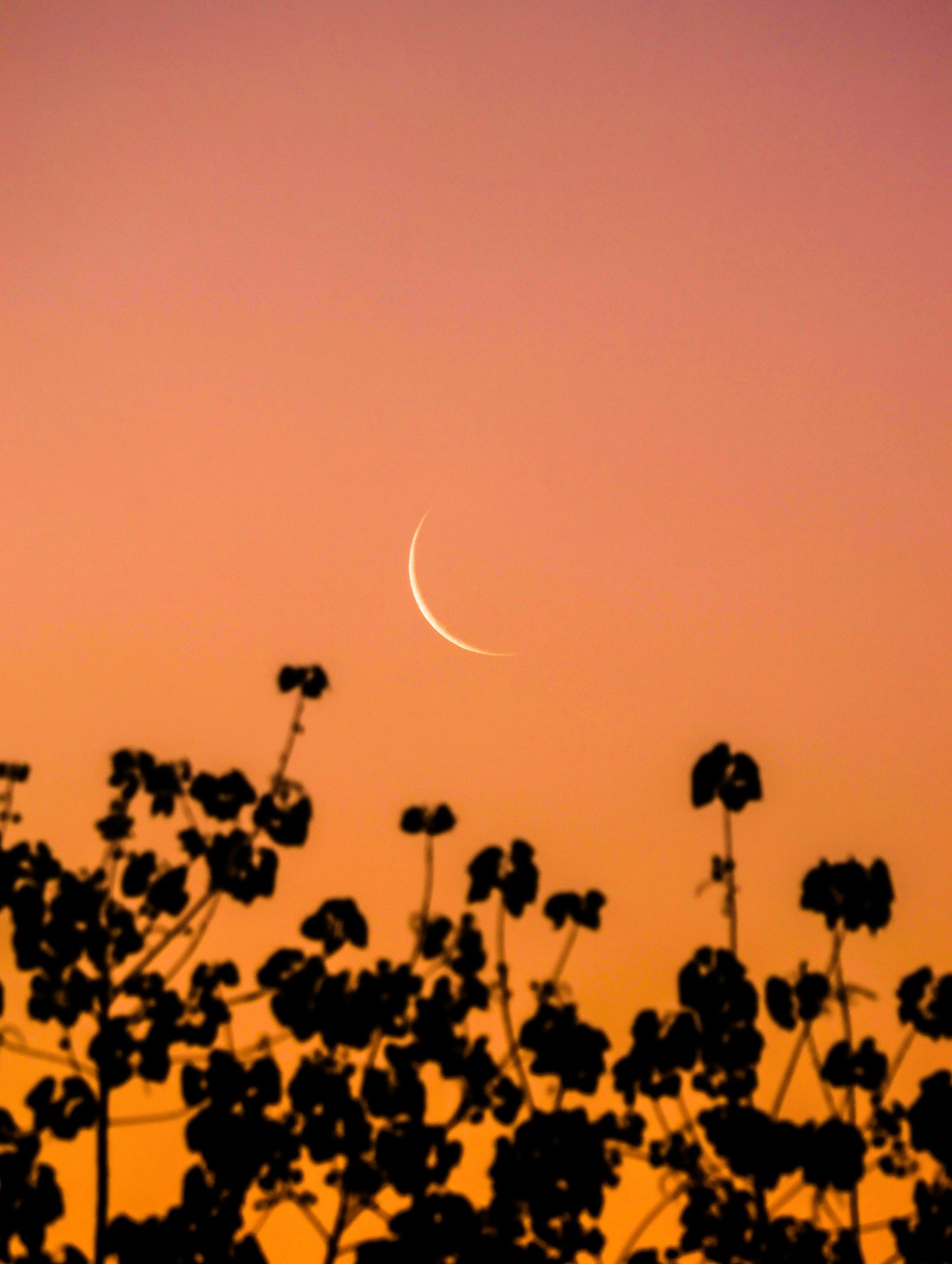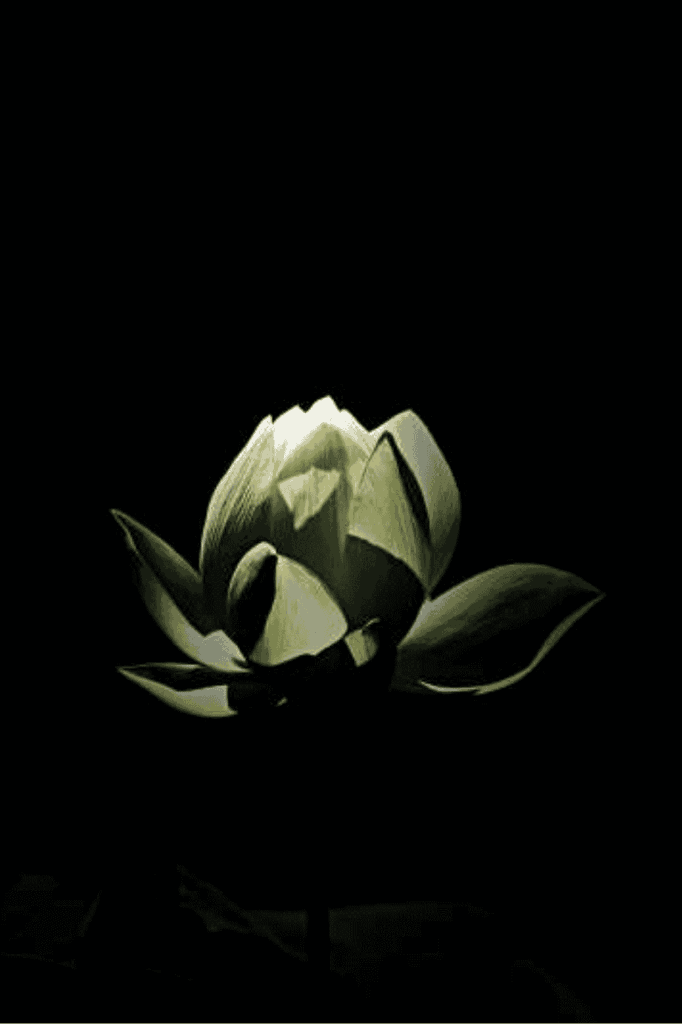What is Vedic Astrology? Discover its lunar secrets and how it differs from Western Astrology
-

Have you ever wondered what the stars have to say about your life? Are you curious about ancient wisdom that has guided countless souls for thousands of years? Your birth chart, a unique cosmic imprint created at the moment of your birth, reveals the alignment of the planets, offering a profound insight into your life’s purpose, challenges, and strengths. Welcome to the world of Vedic astrology—a system that interprets this celestial map to help you understand yourself and your place in the universe.
What is Vedic Astrology?
Vedic astrology, also known as Jyotish Shastra, is an ancient and revered system of astrology that originated in India over 5,000 years ago. Vedic astrology explores the positions and movements of the major planets, their relationship with the 12 zodiac signs, and the influence of the 27 lunar constellations (nakshatras) to offer deep insights into your past, present, and future. This ancient science is less about prediction and more about understanding the cosmic patterns that shape your karma and life path.
Vedic astrology (Jyotish) precedes Western astrology and serves as the source of astrological knowledge and many astrological schools of thought, including Jaimini Astrology, KP Astrology, Nadi Astrology, and even Western Astrology.
-
How does Vedic astrology differ from Western astrology?
You might be familiar with Western astrology, which uses the tropical zodiac based on the seasons. But did you know that Vedic astrology follows a different celestial framework? Vedic astrology is a celestial map that uses the sidereal zodiac to track the positions of the stars and planets against the backdrop of the constellations.
This difference means that Vedic astrology considers the precession of the equinoxes—a slow shift in the Earth’s axis that affects the position of the stars over time. This phenomenon is called Ayanamsa, and currently, Ayanamsa is approximately 24°, a significant difference since each sign spans 30°.
While Western astrology centers on the solar sign (your sun sign defines you), Vedic astrology is based on the Moon, with your Moon sign serving as the most significant aspect of your astrological chart.
-

What Are the Main Components of a Vedic Astrology Reading?
A Vedic Astrology Reading reveals how planetary patterns and birth charts influence your life’s direction, career, relationships, and personal potential. It’s more than prediction; it’s a way to understand your unique make-up and purpose. Key components include:
- Rasi Chart (Birth Chart): The birth chart maps the positions of the planets at the moment of your birth, providing a snapshot of your cosmic identity. It is also known as the natal chart or D1 chart.
- Navamsa Chart: This chart refines the Rasi Chart’s insights, focusing on aspects such as marriage, relationships, and spiritual growth. It is also referred to as the D9 chart.
- Dasha Periods: These are planetary time cycles that influence different phases of your life. Each period, governed by a specific planet, brings unique opportunities, challenges, and themes to focus on.
- Gochara (Planetary Transits): This predictive element of astrology involves tracking planetary movements and shifts to activate specific events or circumstances in your life.
-
What does a Natal Chart Analysis Reveal?
Vedic chart analysis is like deciphering a cosmic story written just for you. The process involves:
- Looking at the Ascendant Sign: Examine your Ascendant sign, its ruler, any planets occupying the 1st house, and the Ascendant Nakshatra. This reveals key personality traits and the direction of your life.
- Examining Planetary Positions: Look at where each planet falls in the twelve houses and signs of the Rasi Chart. Understanding the role of each planet and what it signifies is the key.
- Analyzing Aspects: Check the relationships between planets, called aspects, to see how different energies interact in your life. Vedic aspects are distinct from those in Western astrology.
- Studying Dashas: Review the current and upcoming Dasha periods to understand what life events might be unfolding.
- Understanding Lordships and Significators: Explore the roles of different planets as rulers of houses and their significations in various aspects of your life.
- Gauging Planetary Strength: Assess the strength of each planet to determine their influence and impact on your chart.
What Are Planetary Periods (Dashas) in Vedic Astrology?
Imagine your life as a series of chapters, each governed by a different planetary force. These chapters are known as Dashas or Mahadashas and they are unique to Vedic Astrology. Each Dasha period is ruled by a specific planet and affects various aspects of your life—career, relationships, health, and more.
Each Mahadasha spans a significant period of your life, with the length of each determined by the planet governing it:
- Ketu Mahadasha: 7 years
- Venus (Shukra) Mahadasha: 20 years
- Sun (Surya) Mahadasha: 6 years
- Moon (Chandra) Mahadasha: 10 years
- Mars (Mangal) Mahadasha: 7 years
- Rahu Mahadasha: 18 years
- Jupiter (Guru) Mahadasha: 16 years
- Saturn (Shani) Mahadasha: 19 years
- Mercury (Budh) Mahadasha: 17 years
Understanding these periods allows you to tune into the natural flow of your life’s journey.
Vedic astrology is more than predictions; it’s a profound tool for self-discovery and personal growth. It reveals your life’s purpose, highlights your strengths and challenges, and empowers you to make choices that resonate with your true path.
Think of it as a trusted guide that helps you steer through life’s challenges while recognizing opportunities along the way. Vedic astrology offers wisdom to align your energy, overcome obstacles, and unlock your highest potential—whether in your career, relationships, or overall well-being.
-
What is the significance of Nakshatras in Vedic astrology?
In Vedic astrology, the 27 Nakshatras are lunar constellations that provide deeper insights into your chart. Each nakshatra has its unique characteristics and influences.
Understanding your Nakshatra can reveal your inner nature and highlight certain themes and events likely to unfold in your life. Each Nakshatra is associated with specific qualities, strengths, and challenges that shape your personality and life experiences. By exploring your Moon Nakshatra, Ascendant Nakshatra, or other prominent placements, you gain insights into your emotional tendencies, behavioral patterns, and inherent talents.
Sun-ruled Nakshatras
1. Krittika (26°40′ Aries – 10°00′ Taurus)
– Characteristics: Sharp, fiery, determined
– Symbol: Razor or knife2. Uttara Phalguni (26°40′ Leo – 10°00′ Virgo)
– Characteristics: Responsible, helpful, kind-hearted
– Symbol: Bed or two legs of a cot3. Uttara Ashadha (26°40′ Sagittarius – 10°00′ Capricorn)
– Characteristics: Persistent, goal-oriented, ethical
– Symbol: Planks of a bedMoon-ruled Nakshatras
1. Rohini (10°00′ – 23°20′ Taurus)
– Characteristics: Attractive, creative, sensual
– Symbol: Chariot2. Hasta (10°00′ – 23°20′ Virgo)
– Characteristics: Skillful, resourceful, clever
– Symbol: Hand3. Sravana (10°00′ – 23°20′ Capricorn)
– Characteristics: Wise, knowledgeable, communicative
– Symbol: EarMars-ruled Nakshatras
1. Mrigashira (23°20′ Taurus – 6°40′ Gemini)
– Characteristics: Curious, perceptive, communicative
– Symbol: Deer’s head2. Chitra (23°20′ Virgo – 6°40′ Libra)
– Characteristics: Attractive, artistic, charismatic
– Symbol: Bright jewel3. Dhanishta (23°20′ Capricorn – 6°40′ Aquarius)
– Characteristics: Prosperous, musical, ambitious
– Symbol: DrumMercury-ruled Nakshatras
1. Ashlesha (16°40′ – 30°00′ Cancer)
– Characteristics: Mysterious, intense, wise
– Symbol: Coiled serpent2. Jyeshtha (16°40′ – 30°00′ Scorpio)
– Characteristics: Powerful, authoritative, responsible
– Symbol: Circular amulet or earring3. Revati (16°40′ – 30°00′ Pisces)
– Characteristics: Nurturing, generous, spiritual
– Symbol: FishJupiter-ruled Nakshatras
1. Punarvasu (20°00′ Gemini – 3°20′ Cancer)
– Characteristics: Optimistic, adaptable, nurturing
– Symbol: Bow and quiver2. Vishakha (20°00′ Libra – 3°20′ Scorpio)
– Characteristics: Determined, ambitious, goal-oriented
– Symbol: Triumphal arch3. Purva Bhadrapada (20°00′ Aquarius – 3°20′ Pisces)
– Characteristics: Intense, transformative, idealistic
– Symbol: Front legs of a funeral cotVenus-ruled Nakshatras
1. Bharani (13°20′ – 26°40′ Aries)
– Characteristics: Strong-willed, disciplined, protective
– Symbol: Yoni2. Purva Phalguni (13°20′ – 26°40′ Leo)
– Characteristics: Creative, romantic, fun-loving
– Symbol: Hammock3. Purva Ashadha (13°20′ – 26°40′ Sagittarius)
– Characteristics: Optimistic, ambitious, idealistic
– Symbol: Elephant tuskSaturn-ruled Nakshatras
1. Pushya (3°20′ – 16°40′ Cancer)
– Characteristics: Nurturing, caring, disciplined
– Symbol: Cow’s udder2. Anuradha (3°20′ – 16°40′ Scorpio)
– Characteristics: Loyal, sociable, supportive
– Symbol: Lotus flower3. Uttara Bhadrapada (3°20′ – 16°40′ Pisces)
– Characteristics: Compassionate, stable, deep
– Symbol: Back legs of a funeral cotRahu-ruled Nakshatras
1. Ardra (6°40′ – 20°00′ Gemini)
– Characteristics: Intense, transformative, intellectual
– Symbol: Teardrop2. Swati (6°40′ – 20°00′ Libra)
– Characteristics: Independent, adaptable, diplomatic
– Symbol: Young plant or shoot3. Shatabhisha (6°40′ – 20°00′ Aquarius)
– Characteristics: Independent, innovative, mysterious
– Symbol: Empty circleKetu-ruled Nakshatras
1. Ashwini (0°00′ – 13°20′ Aries)
– Characteristics: Energetic, pioneering, adventurous
– Symbol: Horse’s head2. Magha (0°00′ – 13°20′ Leo)
– Characteristics: Regal, authoritative, loyal
– Symbol: Throne room3. Mula (0°00′ – 13°20′ Sagittarius)
– Characteristics: Deep, investigative, philosophical
– Symbol: Tied bunch of rootsEmbrace the Stars for Personal Growth
Whether you’re a curious reader or a serious student of the stars, Vedic astrology offers a treasure trove of knowledge. By exploring its charts, periods, and Nakshatras, you can gain profound insights into your personal development journey.
Ready to discover what the stars have in store for you? Embrace the wisdom of Vedic astrology and start your journey towards self-discovery and personal growth today!
The universe is waiting—are you ready to explore it? Let the stars be your guide!



